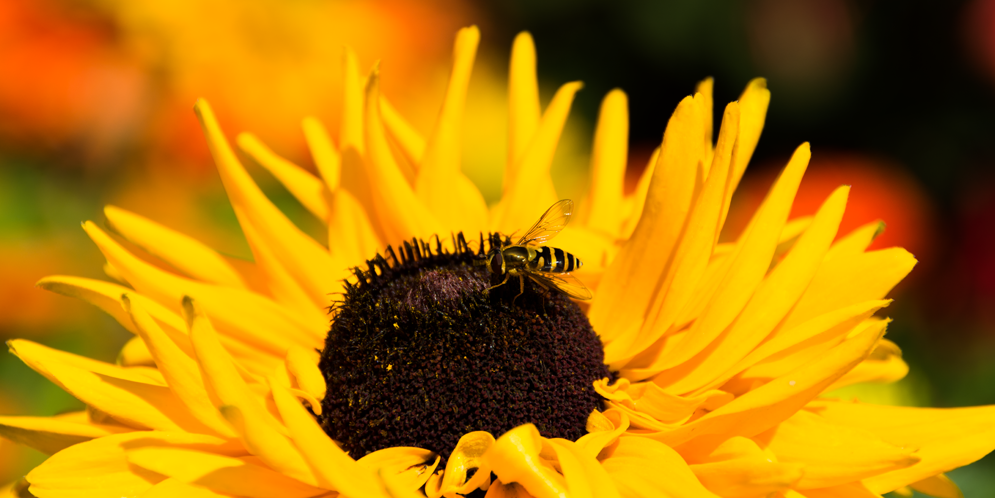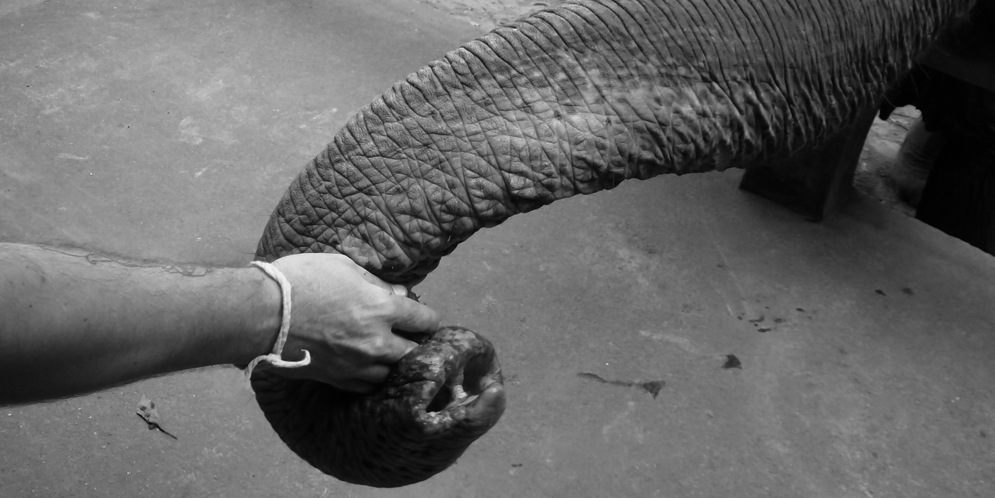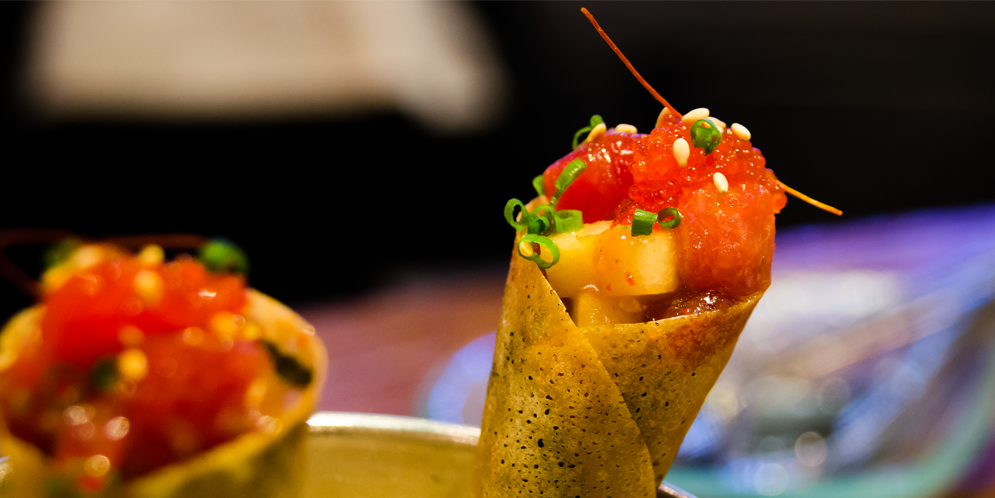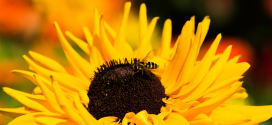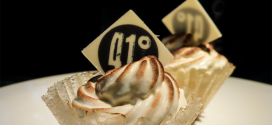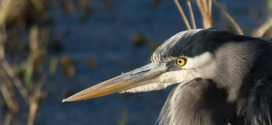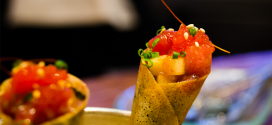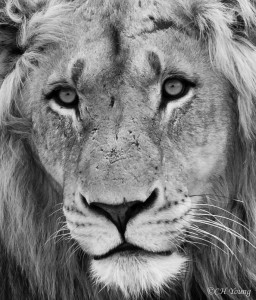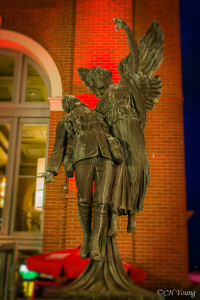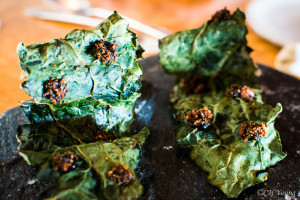“It’s no good being angry and passive. You have to be angry and active.”
-Nick Brandt
Co-Founder and President, Big Life Foundation
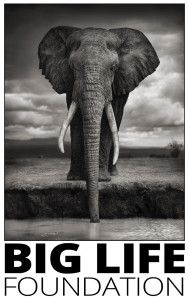 A little over a year ago as Craig and I were sitting in an airplane and, literally, lifting off the ground once again saying goodbye to our beloved Africa, I reached the end of the outstanding memoir Love, Life, and Elephants: An African Love Story, by Dame Daphne Sheldrick. Sad to see it come to an end, I extended the read by perusing the “Acknowledgements” and discovered that the David Sheldrick Wildlife Trust (DSWT) had a US organization called the US Friends of the DSWT. Craig and I were already supporters of the wonderful work DSWT does rescuing and raising orphaned elephants and then re-releasing them into the wild, with our adopted elephant Barsilinga and rhino Solio, so I made a mental note to look this group up when we returned home.
A little over a year ago as Craig and I were sitting in an airplane and, literally, lifting off the ground once again saying goodbye to our beloved Africa, I reached the end of the outstanding memoir Love, Life, and Elephants: An African Love Story, by Dame Daphne Sheldrick. Sad to see it come to an end, I extended the read by perusing the “Acknowledgements” and discovered that the David Sheldrick Wildlife Trust (DSWT) had a US organization called the US Friends of the DSWT. Craig and I were already supporters of the wonderful work DSWT does rescuing and raising orphaned elephants and then re-releasing them into the wild, with our adopted elephant Barsilinga and rhino Solio, so I made a mental note to look this group up when we returned home.
Time passed as we reluctantly adjusted back to our everyday lives. As a means to deal with my post-Africa blues I decided to look up the US Friends of DSWT, wondering if maybe there was some way we could do some volunteer work and continue to grow our connection and love of Africa and its wildlife. It didn’t take long before I discovered that Wendie Wendt, Vice-President and Director of Fundraising, lived right here in Seattle. I proceeded to do some more research, thinking that a connection now seemed inevitable, and went on to discover that while Ms. Wendt was no longer with the Trust, she had become the Executive Director of Big Life Foundation, another organization that Craig and I were already supporters of. After a couple of emails and a meeting over coffee, Craig and I found ourselves on the Big Life Fundraising Committee, immersing ourselves in some new territory and learning quite a few things along the way about fundraising for an NGO and, specifically, gearing up for a fundraiser Big Life would be holding in Seattle.
 kimpluscraig.com
kimpluscraig.com

